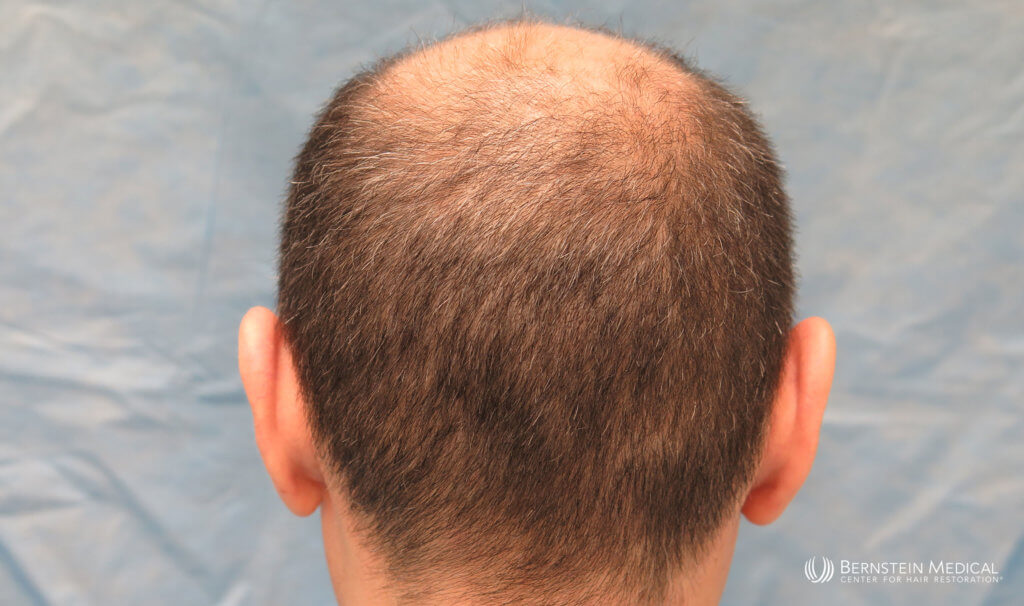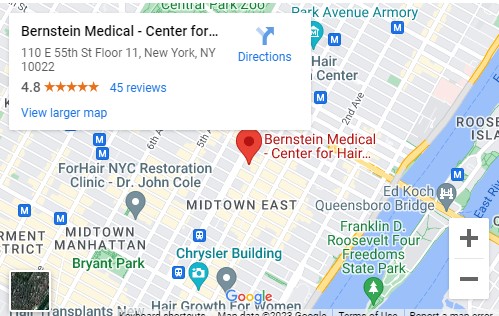What Causes Hair Loss?
Hair loss is one of the most common conditions affecting both men and women worldwide. While it is often associated with aging, it can occur at any stage of life due to a variety of underlying factors. For many people, losing hair can impact not only appearance but also confidence and emotional well-being. Understanding what causes hair loss and knowing which options exist for hair loss treatment are the first steps toward restoring both hair and self-esteem.
Common Causes of Hair Loss
There are multiple reasons why someone may experience thinning hair or baldness. Some causes are temporary, while others may be progressive and permanent without medical intervention.
Genetics and Hereditary Hair Loss
The most frequent cause of hair loss is a hereditary condition known as androgenetic alopecia, commonly referred to as male-pattern or female-pattern baldness. This form of hair loss is related to genetic sensitivity to hormones that shrink hair follicles over time, resulting in thinner, shorter hairs until growth eventually stops. Men typically notice a receding hairline or balding at the crown, while women may experience overall thinning, particularly along the part line.
Hormonal Changes
Fluctuations in hormones can trigger temporary hair shedding. Pregnancy, childbirth, menopause, thyroid disorders, and conditions such as polycystic ovary syndrome (PCOS) often affect hair growth cycles. Although hair typically regrows once hormones stabilize, medical support may be necessary for persistent cases.
Medical Conditions
Several health conditions are linked to hair loss, including autoimmune diseases like alopecia areata, scalp infections such as ringworm, or illnesses that place stress on the body. Even chronic stress itself can contribute to a condition called telogen effluvium, where more hair enters the shedding phase than normal.
Medications and Treatments
Certain prescription drugs list hair loss as a side effect. These include medications for cancer, high blood pressure, depression, heart disease, and arthritis. Hair shedding is also common after chemotherapy, though hair often regrows once treatment is complete.
Nutritional Deficiencies
A lack of essential nutrients—such as iron, protein, vitamin D, or zinc—can weaken hair and lead to thinning. Poor diet or restrictive eating habits often contribute to this type of hair loss, but correcting deficiencies usually improves growth.
Hairstyles and Hair Care Practices
Frequent use of tight hairstyles, chemical treatments, or excessive heat styling can cause a form of hair loss known as traction alopecia. While initially reversible, long-term stress on the follicles may cause permanent damage if the habits continue.
Signs and Symptoms of Hair Loss
Hair loss can develop gradually or suddenly, and its presentation varies based on the cause:
- Gradual thinning on top of the head – The most common pattern for both men and women.
- Patchy bald spots – Often linked to alopecia areata or scalp infections.
- Sudden shedding – Triggered by stress, illness, or hormonal changes.
- Full-body hair loss – May occur with medical treatments like chemotherapy.
- Broken hairs and thinning edges – Usually linked to styling or traction alopecia.
Hair Loss Treatment Options
Effective management depends on identifying the underlying cause. Fortunately, a wide range of options exists for addressing hair thinning and baldness.
Medications
Two of the most common medical therapies for hair loss include:
- Minoxidil: A topical solution or foam applied directly to the scalp to stimulate growth.
- Finasteride: An oral medication that works by blocking the hormone responsible for follicle shrinkage in men.
Both options can slow progression and promote regrowth, but require ongoing use to maintain results.
Lifestyle and Nutritional Support
Correcting nutritional deficiencies, reducing stress, and maintaining scalp health can play a role in preventing further hair loss. Patients are often advised to incorporate a balanced diet rich in proteins, vitamins, and minerals to support hair growth.
Surgical Hair Transplants Procedures (FUT & FUE)
For more significant or permanent hair loss, surgical procedures are often the most effective solution. Hair transplants involve moving healthy follicles from donor areas to thinning or balding regions. Two main methods are widely practiced:
- Follicular Unit Transplantation (FUT): A strip of scalp is removed from the donor area, and individual follicular units are separated under a microscope before being transplanted. This approach allows many grafts in one session but leaves a linear scar.
- Follicular Unit Extraction (FUE): Individual follicles are removed directly using a micro-punch device and transplanted into recipient areas. This technique results in minimal scarring and quicker healing, making it popular with patients who prefer short hairstyles.
Combination Therapies
Many patients benefit from a tailored plan that includes medication, lifestyle changes, and surgical or non-surgical procedures such as platelet-rich plasma (PRP) therapy. A hair restoration specialist can determine the most effective approach based on individual needs.
Prevention and Long-Term Management
While not all forms of hair loss are preventable, certain measures can help minimize risks:
- Avoid hairstyles that pull tightly on the scalp.
- Limit chemical and heat-based hair treatments.
- Manage stress through relaxation techniques.
- Treat underlying health conditions promptly.
- Seek professional care at the first sign of excessive shedding.
Addressing hair concerns early can help preserve existing growth and make future treatments more successful.
Restore Your Hair with Bernstein Medical Center for Hair Restoration
Hair loss can feel overwhelming, but modern treatments offer real solutions. From medications and nutritional support to advanced hair transplants with FUT and FUE, patients today have more choices than ever to achieve lasting improvements. By understanding what causes hair loss and seeking expert guidance, you can take control of your appearance and confidence.
If you’re ready to explore the best treatment for hair loss, turn to the trusted specialists at Bernstein Medical Center for Hair Restoration. Schedule your consultation today and discover a personalized plan to achieve natural, permanent results.






